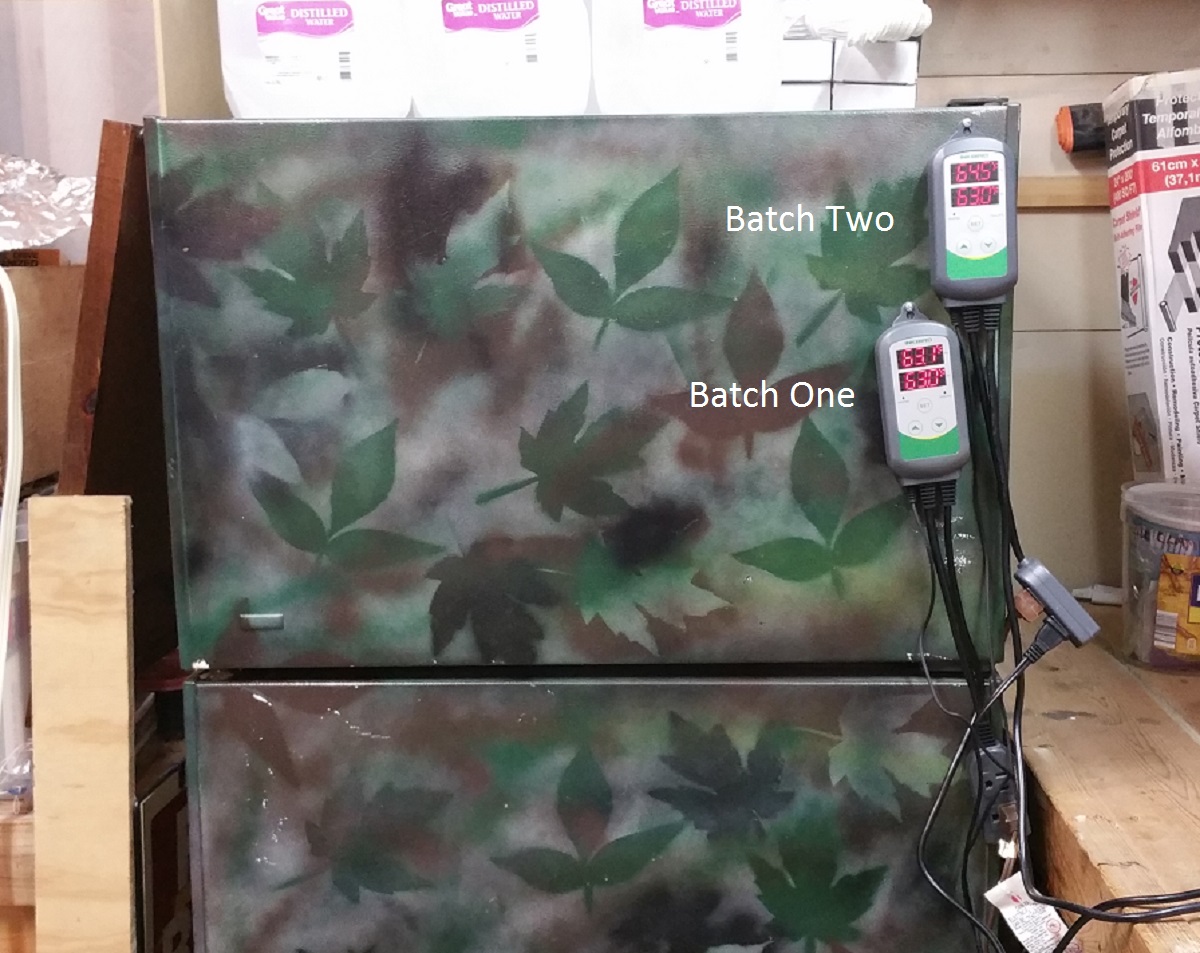Homebrewnewbie190
Member
- Joined
- Jan 29, 2019
- Messages
- 16
- Reaction score
- 2
Thanks again for the advice I've been getting on this forum. It's been valuable.
I brewed my second beer. It was using a blonde ale extract recipe I had used before. I used less liquid malt extract and more dry malt extract. 3 gallon batch 3.8 ABV. I used cryo hops for bittering I learned not to do this instead adding pellets so will tweak it on the next batch. I used citra hops for the bittering and mosaic hops for flavoring and aroma lowering the quantity since I read from advice here cryo hops are stronger. I also added in guava to give it a fruit flavor and honey to increase alcohol content.
Fermentation was active and I made sure to keep the temperatures at about 68 degrees with the Safale US 05 yeast for the first three days.
I tried it after 10 days of carbonation and compared to my first beer I made I was impressed with the improvement in taste. I got more flavoring and aroma and a clearer looking beer!
I'm trying to figure out what I did differently to the first brew and second. I know that I got the sanitation better and lower fermentation temps but do you think the hops I used could have made more of a difference?
Also, I would like to get a higher alcohol content next time. How could I do this? Would it be simply adding more liquid malt or dry malt extract? Are there any other things I could be doing to increase the content?
Thanks again for any advice or tips.
I brewed my second beer. It was using a blonde ale extract recipe I had used before. I used less liquid malt extract and more dry malt extract. 3 gallon batch 3.8 ABV. I used cryo hops for bittering I learned not to do this instead adding pellets so will tweak it on the next batch. I used citra hops for the bittering and mosaic hops for flavoring and aroma lowering the quantity since I read from advice here cryo hops are stronger. I also added in guava to give it a fruit flavor and honey to increase alcohol content.
Fermentation was active and I made sure to keep the temperatures at about 68 degrees with the Safale US 05 yeast for the first three days.
I tried it after 10 days of carbonation and compared to my first beer I made I was impressed with the improvement in taste. I got more flavoring and aroma and a clearer looking beer!
I'm trying to figure out what I did differently to the first brew and second. I know that I got the sanitation better and lower fermentation temps but do you think the hops I used could have made more of a difference?
Also, I would like to get a higher alcohol content next time. How could I do this? Would it be simply adding more liquid malt or dry malt extract? Are there any other things I could be doing to increase the content?
Thanks again for any advice or tips.

































![Craft A Brew - Safale S-04 Dry Yeast - Fermentis - English Ale Dry Yeast - For English and American Ales and Hard Apple Ciders - Ingredients for Home Brewing - Beer Making Supplies - [1 Pack]](https://m.media-amazon.com/images/I/41fVGNh6JfL._SL500_.jpg)




























